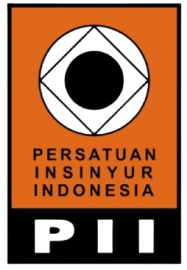ANALISIS VALIDASI PERHITUNGAN HIDROSTATIK KAPAL NIAGA: PERBANDINGAN ANTARA METODE MANUAL DAN SIMULASI KOMPUTASI MENGGUNAKAN MAXSURF
DOI:
https://doi.org/10.35314/wvxefe21Keywords:
Analisis Hidrostatik, Maxsurf, Validasi Metode, Ship Design, Kapal CargoAbstract
Abstract
This study aims to validate hydrostatic calculations, which are a crucial aspect of ship design to ensure data accuracy in accordance with maritime safety standards. The results compare hydrostatic calculations between conventional manual methods and Maxsurf software simulations for a 90-meter cargo vessel. Utilizing Maxsurf Modeler, a three-dimensional hull model and analysis of key hydrostatic parameters at various waterlines were performed. The findings show an average deviation of hydrostatic parameters of 1.23%, well below the maximum allowable limit of 5%. The highest deviation was observed in Wetted Surface Area (WSA) at 1.48%, while Waterplane Area (WPA) ranged from 0.72% to 1.17%. All form coefficients (CW, CM, CB, CP) exhibited deviations below 2%. Stability parameters such as TPC and MTC also showed low deviations, 0.4% and 1.16% respectively. The positions of the buoyancy center and metacentric point had deviations below 2%. The results validate the high consistency between manual and Maxsurf calculations and affirm the validity of Maxsurf as the primary tool for designing and verifying hydrostatic data. Furthermore, this research underscores the importance of integrating manual and digital methods to ensure the precision and reliability of ship designs in compliance with maritime safety standards.












